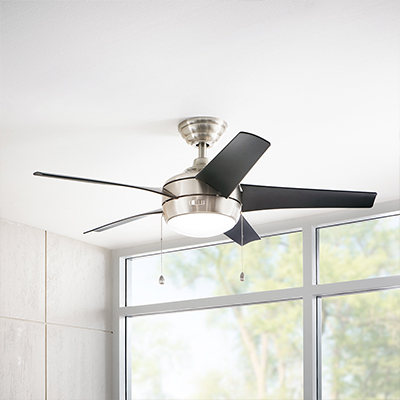Ceiling Fan Vibration Isolation
If the single ceiling is of the sound barrier type the vibration isolator helps to prevent the passage of structural noise just as in the case of the double ceiling.
Ceiling fan vibration isolation. If the fan still wobbles check the blade alignment by holding a tape measure or yardstick against the ceiling even with the end of the blade and rotating the fan by hand to see if each blade measures the same. How to stop ceiling fan vibration. Ceiling fans are usually mounted to an electrical junction box in the ceiling which is usually just screwed to a ceiling joist or some simple wooden frame. Measure to the approximate location where you want the ceiling fan.
Anti vibration mounts also called vibration damping and isolation mounts are available in a wide variety of shapes sizes and mounting configurations. Find the ceiling joists and measure to place the ceiling fan. Each package contains four fan vibration isolators which are compatible with standard fan screw holes and fans with open corners. A vibrating ceiling fan catches the eye may cast shaky lighting and sometimes produces an annoying buzz.
This results in up to a seven decibel decrease in perceivable noise of a mounted fan. Next make sure the screws that attach the blades to the blade mounts and the mounts to the fan motor are tight. Use the stud finder to locate the ceiling joists. Mark their location in pencil on the ceiling surface.
Anti vibration pads are typically made of rubber and reduce the transmission of vibration from appliances such as washing. By using the vib x to isolate the electrical box from the wood the vibrations do not directly transfer from the fan into the structure of the house turning that old vibrating ceiling fan. The vibration is most likely the result of a wobble in. While the double ceiling method is probably the most effective approach to the problem vibration hangers are commonly used to support single ceiling systems as well.


















